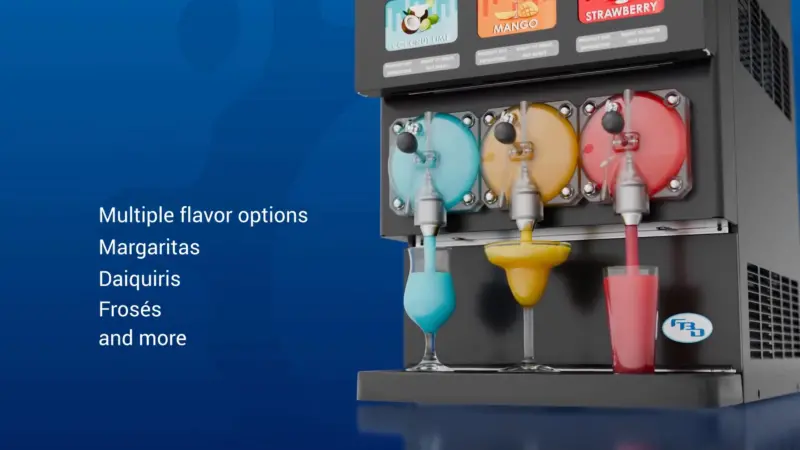How to Ensure Your Restaurant Engages with Families and Children
Food is serious business. Now, on The Main Course, host Barbara Castiglia will invite insiders on the front lines of food to share their expertise, strategies, and forecasts for navigating the ever-changing restaurant industry.
Being family-friendly is a goal for many restaurants and hospitality brands. They want to appeal to this segment of the population. Talking about the importance of family branding, The Main Course host Barbara Castiglia spoke with the experts at C3—President Jennifer Loper and Insights and Strategy Supervisor Julia Foley. They discussed their programs and results from a recent consumer survey.
Loper said, “We bring brands to life for families and children in the hospitality industry. We’re experts in this consumer segment and have been doing this for 34.”
The company’s collaborators include a host of well-known quick-serve restaurants, fast-casual establishments, and hotels. Their longest relationship is with Sonic. “They were our first client, and we’ve grown with them and created a lot of fun programs,” Loper commented.
“One thing was clear; parents don’t want restaurants to cut back on the things making them kid-friendly.” -Jennifer Loper
While they have a wealth of experience, no one was prepared for the disruption of the pandemic. After over a year, C3 wanted to see how parents felt about a return to dining. “We wanted parents’ perspective and surveyed 500 of them, with kids aged 3 to 12,” Foley said.
It was apparent in the survey that most were ready to go back to restaurants. “They wanted a restaurant experience again and to enhance family time. They expect friendly service and a commitment to cleanliness. They want to trust in the procedures and know that the pace was kid-friendly,” Foley added.
Loper noted they created the survey because so clients would be prepared. One thing was clear; parents don’t want restaurants to cut back on the things making them kid-friendly.”
They also uncovered an opportunity during wait times. “Wait times could be frustrating for parents, or it could be a chance to engage. For example, a simple activity they can do in the waiting area for a 20-minute wait was an opportunity to connect,” Loper shared.
A New Episode is Served Up Every Tuesday and Thursday!
Follow us on social media for the latest updates in B2B!
Twitter – @MarketScale
Facebook – facebook.com/marketscale
LinkedIn – linkedin.com/company/marketscale




